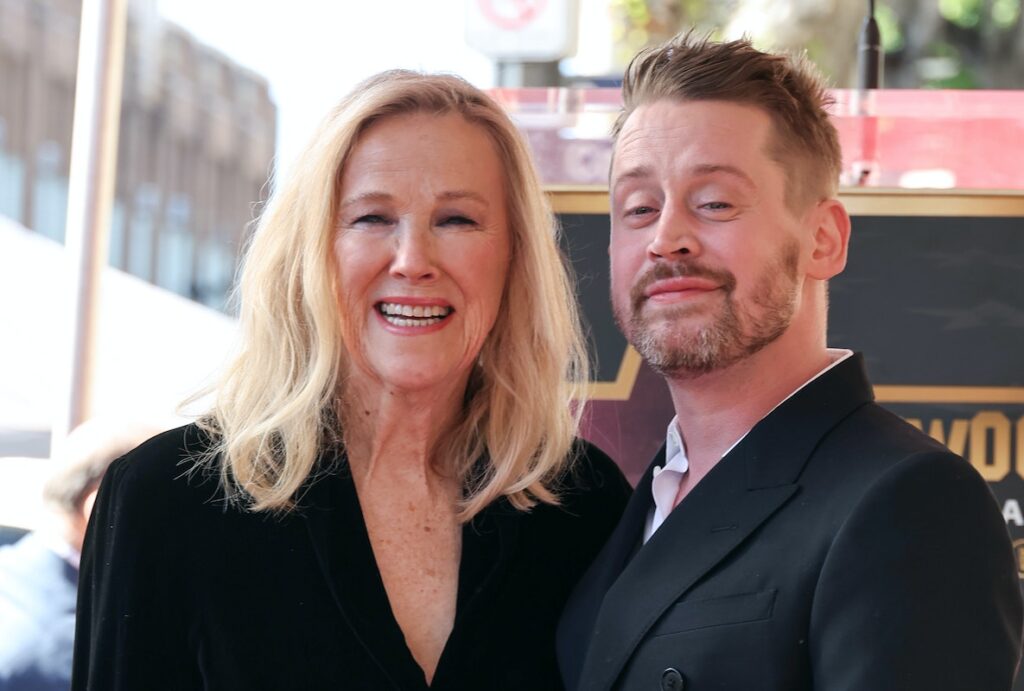In a surprising revelation of Hollywood aging, Catherine O’Hara, the time-honored actress, expressed her astonishment at the fact that Macaulay Culkin, who played her on-screen child in the yuletide classic “Home Alone,” has surpassed her age at the time of filming. “He’s 43. That’s older than I was when I played his mother!” O’Hara, now 69, shared with People Magazine, a revelation leaving readers in awe of the relentless passage of time and the lasting legacy of this quintessential Christmas film.
O’Hara, who was merely 34 when the “Home Alone” shooting commenced in early 1990, proudly spoke of Culkin’s progression in life. His engagement and fatherhood made her radiate with joy. “He’s got a lovely wife to be, and two beautiful kids. And he just seems really happy, and I’m very happy for him,” she emphasized, a heartwarming sentiment conveyed by the veteran actress about her on-set son.
Reminiscing about the shooting of “Home Alone,” she painted a vivid picture of the cohesive atmosphere, emphasizing the importance of a collective good in any creative endeavour. Such elemental factors were present and thriving during the shoot, contributing to the enduring appeal of the film. Moreover, she expressed her admiration for the film’s director, Chris Columbus and screenwriter, John Hughes, who crafted a timeless tale infused with a universal appeal.
O’Hara’s fond memories led her to Culkin’s Star ceremony at the Hollywood Walk of Fame last month, and her speech venerated the unique charm Culkin brought to the global phenomenon that is “Home Alone.” As the ‘fake mom’ of the lead protagonist, her words conveyed genuine pride for Culkin, encapsulating the ambiance of delight on this celebratory occasion.
The Golden Globe and Emmy-winning actress, known for her roles in “Schitt’s Creek,” “Beetlejuice,” and “The Nightmare Before Christmas,” among others, emphasized her deep respect for Culkin’s skill and hard work as a child. Her comments add another layer of appreciation for the professionalism of child actors, an aspect often overlooked amidst the glamour of the cinema.
Looking back at the turning wheel of time, O’Hara serves more than nostalgia, she offers a nuanced perspective into a cherished era of Hollywood and the epic journey of a child artist who grew up on the big screen. The bewitching quality of “Home Alone” and the saga of its legacy is intricately tangled with these chronicles, narrated by actors like O’Hara, reminding us that the magic of cinema lies in the synthesis of art and human spirits.
The beauty of this revelation is manifold. It diverts our attention towards the inevitable process of aging, even in the glamorous world of Hollywood. It underlines the endurance of a wholesome movie like “Home Alone,” resonating across generations. And finally, it sheds light on the personal and professional journey of an artist, be it O’Hara or Culkin, blurring the lines of on-set bonding and real-life progression. In this illuminating recall, the readers are transported back to the era of “Home Alone,” with a deeper comprehension of its making and enduring appeal.



